Use Our Calorie Calculator to Customize Your Diet and Optimize Your Health

Join over 20,000 fitness enthusiasts who trust our Calorie Calculator every day, from regular people to personal trainers and even doctors and dieticians. Be honest and precise when answering questions to make the most of IIFYM Calorie Calculator – the first of its kind.
No more guesswork – just enter your details, select your goals, and get your precise calories for immediate and sustainable fat loss. It’s the easiest way to track your macros and achieve fat loss quickly and sustainably. Your journey to transformation starts here.
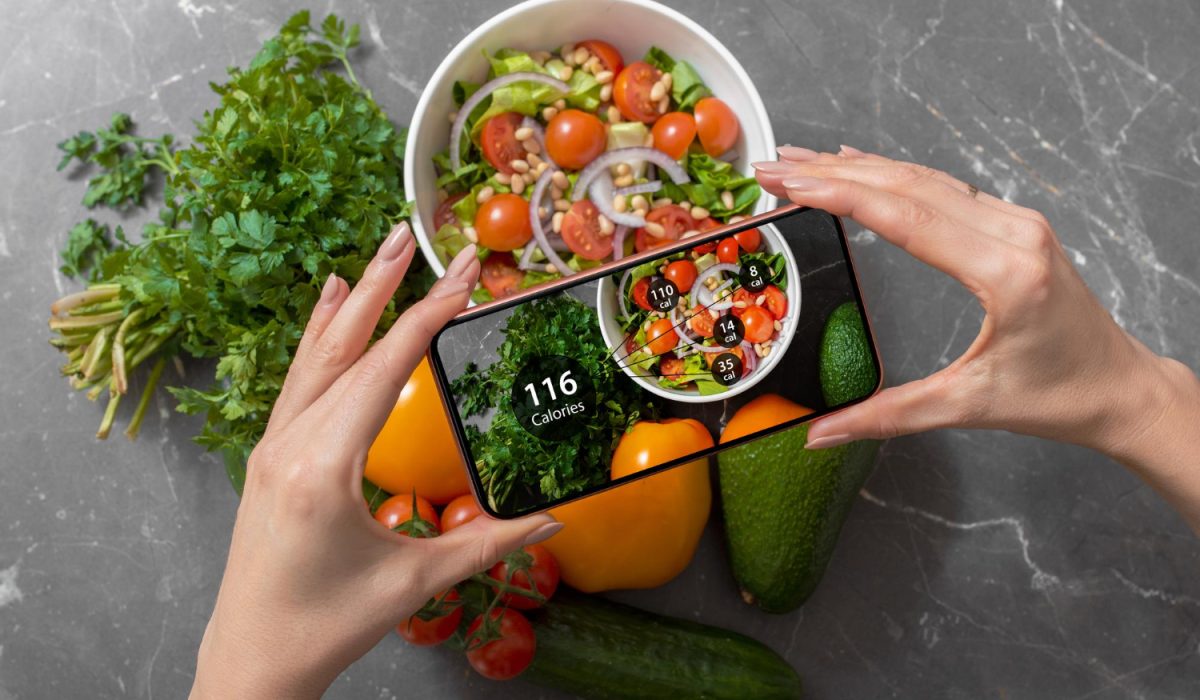
The IIFYM calorie calculator uses several scientifically-proven equations to provide an estimated average of a person’s daily caloric needs.
The Harris-Benedict Equation is the oldest method for calculating basal metabolic rate or BMR.
So, what’s BMR?
Your BMR is essentially the amount of calories your body burns while at complete rest.
The Harris-Benedict Equation was largely replaced in 1990 by the more reliable Mifflin-St Jeor Equation.
The Mifflin-St Jeor Equation is also used to estimate BMR. However, this equation provides a more accurate estimate than the traditional Harris-Benedict formula.
The Katch-McArdle Formula takes a slightly different approach by calculating your RDEE. RDEE refers to Resting Daily Energy Expenditure and it also takes into account lean body mass – something the other two equations do not account for.
For most individuals, the Mifflin-St Jeor tends to be the most accurate BMR equation. But, if you’re very lean and know your body fat percentage, the Katch-McArdle can be a more precise method for you.
Mathematically, the three specific equations can be expressed as:
Mifflin-St Jeor:
Harris-Benedict (Revised):
Katch-McArdle:
The BMR value from these equations estimates the calories needed to maintain one’s current weight if fully at rest. This is then multiplied by your specific activity factor between 1.2-2.3 based on your typical exercise levels to account for non-resting daily calorie burn.
In case, you’re not certain about the category you fall into, always go for the lower number. Better to underestimate than overestimate, right?
The final result is your TDEE or total daily energy expenditure, which is basically the amount of calories your body needs to maintain your current weight.
In layman’s terms, a calorie is just a way to measure energy – specifically, the energy you get from the foods and drinks you consume. It’s kind of like how we measure distance in miles or kilometers.
Now, as far as weight loss goes, the basic idea is pretty simple:
If you’re looking to lose weight, you must consume fewer calories than your current maintenance calories – calories you burn each day.
On the flip side, if your goal is weight gain, you should eat more calories than you’re using up.
While the concept of “calories in, calories out” might seem straightforward, there’s actually a lot more to it.
Losing weight (or not being able to lose weight) can be influenced by all sorts of factors, like medical conditions, genetics, hormones, and even age.
So, while being mindful of your calorie intake can definitely be helpful for weight management, it’s not the whole story. It’s just one piece of the puzzle, along with things like exercise, sleep, stress management, and overall nutrition.
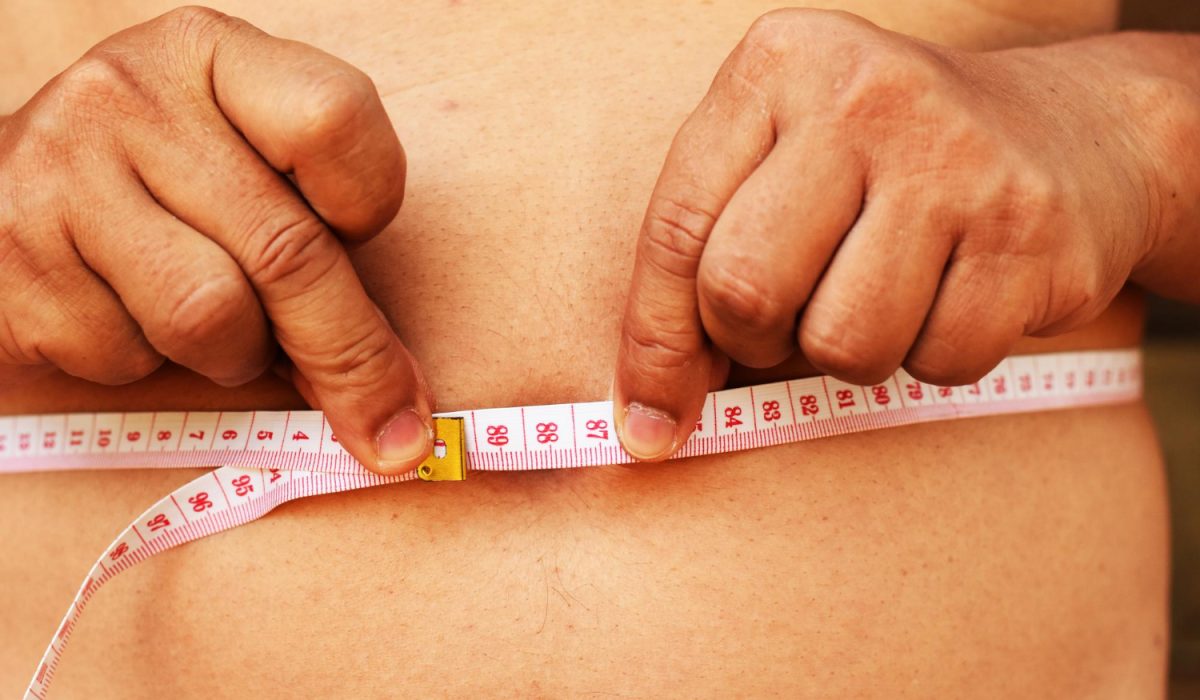
If calorie counting is your strategy for slimming down, there’s a smarter way to go about it than just obsessively logging every bite.
1. Firstly, you’ll need to get a baseline by calculating your BMR – that’s your basal metabolic rate or the calories your body burns just by existing. There are a few different equations out there like the Mifflin-St Jeor or Katch-McArdle that can help estimate this number. Just remember, these are just estimates.
2. Next, set a realistic goal for how much weight you want to lose. The classic advice is trimming 500 calories a day from your BMR can help you lose about 1 pound per week. However, dropping more than 1,000 calories daily can do more harm than good. Make sure to check with your doctor if you’re planning to lose over 2 lbs weekly.
3. Now for actually tracking those calories. Smartphone apps make it pretty easy to log meals and see your daily tallies. The better ones even have brand-name foods and restaurant dishes built right in. You can also use a good old pen and paper or spreadsheet. Fair warning though – actually measuring and recording every single thing can be a major pain, which is why calorie counting doesn’t work for everyone.
4. Make sure to weigh yourself on a regular basis. Don’t obsess over the number day-to-day though, since weight can fluctuate based on things like water retention. Look at the bigger picture over a week’s time.
Most importantly, be patient and keep at it. Calorie counting is far from an exact science. You’ll need to experiment and make adjustments to find what calorie and nutrition balance helps you feel your best.
At the end of the day, losing weight isn’t just about a number on the scale. Pay attention to other positive changes too, like having more energy or inches lost. Feed your body properly with balanced, nutrient-dense whole foods, and the rest will follow. Ditch the drive-thru, dust off that yoga mat, and let’s get healthy!
So those are the basic steps for counting calories, but don’t think it has to be that cut and dry. The thing with calorie counting is that you can make it as simple or highly complicated..
The plan I outlined focuses solely on total calorie numbers, but it doesn’t account for the types of calories you’re eating. The macronutrients such as Fats, proteins, and carbs all affect your body differently in terms of hunger levels, nutrition, and how many actual calories you’ll burn processing them.
As a general rule, the more minimally processed and closer to nature your foods are, the better. Load up on lean proteins, fiber-rich fruits and veggies, and healthy fats from plants and fish. These nutrient-dense whole foods tend to lead to healthier weight loss that sticks.
Studies continue to debate whether calorie quality matters as much as calorie quantity for weight loss. But let’s be real – simple calorie counting is not the right way to fuel your body long-term.
Let’s take a look at the pros and cons of calorie counting:
But at the end of the day, calorie counting is simply one tool in your weight loss arsenal, not the be-all-end-all. It’s about finding the approach that seamlessly fits into your lifestyle and keeps you consistent over time.
Whether you track every calorie or not, balance is key – filling your diet with nutritious, minimally-processed foods while leaving room for sensible indulgences (IIFYM Macro-based diet). Combined with regular physical activity, it’s a formula for lasting success.
We’ve all been there – staring down a nutrition label, wondering “How many of those calories can I actually ‘have’?”
The truth is, there’s no one-size-fits-all calorie number for everyone.
The amount of calories you need depends on tons of factors – age, height, weight, sex, activity levels, overall health, and more.
In general though, adult men require between 2,000 and 3,000 calories daily to maintain their current weight.
On the other hand, women need about 1,600-2,400 calories as per the U.S. Department of Health.
But those are just baselines. A sedentary 70-year-old woman is going to need way fewer calories than an active 25-year-old dude, you know? The key is listening to your unique body and its hunger/fullness cues.
That said, you definitely don’t want to drop your calories too low either. Eating too little can actually mess with your metabolism and overall functioning since your body will prioritize bare minimum survival mode over general health and energy levels. Most experts recommend adults don’t dip below 1,200 calories daily for women and 1,500 for men without medical supervision.
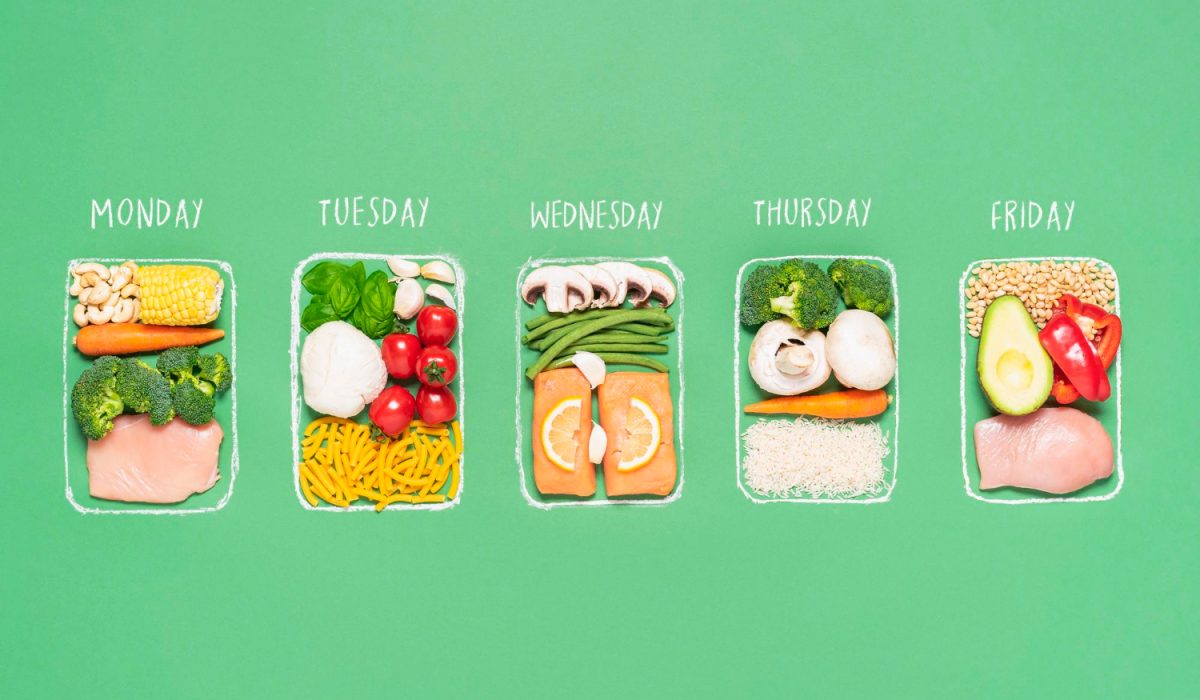
Sticking to the same calorie deficit day in and day out can feel like a slog after a while. Not to mention, our bodies are clever at adapting to lower calorie intakes, often leading to dreaded weight loss plateaus. Enter zig zag calorie cycling – a strategic way to keep your metabolism guessing.
The premise is simple: instead of consuming the same number of calories every day, you alternate between higher and lower calorie days. But the total calorie intake over the week averages out to your target deficit.
Here’s an example:
If your goal is to consume 15,000 calories in a week, you could do 3000 calories three days, and 1,500 calories the remaining four days. Or gradually increase and decrease calories day-to-day. There’s no one-size-fits-all approach – you can get creative with the pattern.
The key is not allowing your body to fully adapt to any single calorie baseline. That constant zig-zag forces your metabolism to keep working and prevents those dreaded plateaus.
But zigzag dieting has other perks beyond just calorie cycling. It builds in more flexibility and sustainability compared to super restrictive straight deficits.
You can strategically plan higher calorie days around special events, date nights, or just whenever you want a diet break. As long as you make up for it with lower days, you stay on track.
This method can help prevent feeling deprived and reduce the psychological burnout that often comes with ultra-rigid diets. You’re much more likely to stick to a pattern that allows for indulgences here and there.
At the end of the day though, whether you zig or zag or alternate between the two, consistency is everything.
Find the calorie cycling approach that jives best with your lifestyle, taste buds, and metabolism. Combine it with balanced nutrition and exercise, and you’ll be well on your way to lasting results.
Now when it comes to those calories you are consuming, it’s about way more than just the number. Where they’re coming from – carbs, protein, fat, etc. – makes a big difference too.
See, not all calories are created equal in terms of how your body actually metabolizes and uses them.
The thermic effect of food is real – some foods like fruits, veggies, lean protein, and whole grains actually require more energy/calories to digest and metabolize. Basically, you’ll burn more calories just processing nutrient-dense stuff.
On the flip side, highly processed foods and simple carb-bombs like chips and sweets get absorbed and stored as fat more easily since there’s less work for your body to do.
The way you eat can matter too – people who wolf down meals tend to overeat compared to those who savor and chew bites. Giving your stomach time to feel full is clutch.
So in summary, focus on getting calories from minimally-processed, balanced sources. Stick to appropriate portions. And don’t drop your intake dangerously low. With the right nutritious, satisfying foods, your body will let you know what it needs.
You’ve probably heard the phrase “calories are calories” when it comes to weight loss. But the reality is, where those calories come from makes a huge difference in how your body actually metabolizes and uses them.
At the most basic level, calories fall into a few main buckets:
High-calorie sources, low-calorie sources, and sources with empty calories.
High-cal items are calorie dense per serving, like oils, fried foods, sugary treats. That doesn’t necessarily mean they’re “bad” though – nutritious foods like avocados, whole grains and nuts pack a hefty calorie punch too when eaten in excess.
On the flip side, low-cal items give you more bang for your buck in terms of volume and nutrients. Load up on fruits, veggies, lean proteins. These are more filling for fewer total calories.
Then you’ve got empty calories – those from solid fats and added sugars that lack any real nutritional value. Looking at you, soda and candy! While they may be low in calories per serving, they’re ultimately just empty calories that don’t benefit your body.
Studies show there’s a big difference between the calories intake from nutrient-dense carrots versus entertainment-munching the same amount of calories of buttery popcorn.
Part of that comes down to the thermic effect and how different foods are digested and processed.
Fibrous, water-rich foods like carrots require more energy to break down and digest compared to easily-absorbed simple carbs and sugars. You literally burn more calories just digesting the carrots! Plus they’re more satiating.
While there’s no single ideal macro ratio that works for everyone’s body, focusing on minimally-processed, nutritious whole foods is key for sustainable weight loss and overall health. Crowd out the empty calories from added sugars, refined carbs, and solid fats. Stay hydrated with water, unsweetened tea, and black coffee.
That’s not to say you can never enjoy a treat, but make it a smaller part of your overall diet. Read labels and watch out for sneaky sugars in things marketed as “low-fat” or “healthy” too. Moderation is everything!
Hey, so you want to cut down on calories to lose some weight? I get it – it seems like the logical thing to do. But here’s the thing: while eating fewer calories can definitely lead to weight loss, it’s not just about the number of calories you consume. What you eat matters too. Crash dieting and drastically cutting calories without paying attention to the quality of your food? Not a great idea in the long run. It’s just not sustainable. Instead, try these five strategies for losing weight in a healthier, more balanced way:
If you want to lose weight, protein is your best friend. A 2020 study found that consuming more protein can help you feel full and keep those hunger pangs at bay.
High-protein snacks are especially good at boosting fullness and reducing appetite. Plus, sticking to a high-protein diet may help you maintain muscle mass and avoid regaining weight down the line. So, consider adding more meat, eggs, poultry, seeds,legumes, or nuts to your menu.
Fruit juices, sodas, chocolate milk… they might taste good, but they’re loaded with added sugar. The problem?
Your brain doesn’t consider calories from liquid in the similar way to those from solid ones, so you don’t feel as full. Studies have also linked sugary beverages to a higher risk of obesity, heart disease, diabetes, and liver issues. Time to give them the boot!
Want to do something good for your health? Drink more water. Staying hydrated is linked to better brain function, weight management, and even a lower chance of kidney stones. Bonus: drinking water before meals may help you eat less and feel more satisfied.
Exercise is key for weight loss and overall health. Resistance training (like weightlifting) can help you maintain muscle mass during calorie restriction, while cardio (like walking, jogging, or swimming) is great for boosting weight loss. But the benefits don’t stop there – regular exercise can also increase longevity, give you more energy, improve your mood, and lower your risk of chronic diseases.
Refined carbs (think white bread, crackers, pasta, rice, and sugary stuff) lack fiber. And, consuming adequate fiber is important for weight loss because it decreases appetite and increases fullness. Eating too many refined carbs can also mess with the hormones that control your appetite. Ultra-processed foods are best avoided too.
So, instead of fixating on calories alone, focus on making healthier food choices and incorporating these strategies into your lifestyle. That way, you can work towards sustainable weight loss without feeling deprived or overwhelmed.

Cutting calories is just one piece of the puzzle. There are many other things you can do to make your weight loss journey more successful and sustainable in the long run.
This means really paying attention to your food – the taste, the texture, the smell. It’s about savoring each bite and listening to your body’s hunger and fullness cues. When you eat mindfully, you’re less likely to overeat or give in to those pesky cravings. Plus, it can help you build a healthier relationship with food overall.
These colorful powerhouses are your weight loss BFFs. They’ve abundant fiber but very few calories, which means they’ll fill you up without weighing you down. Aim to make half your plate fruits and veggies at each meal. Your waistline (and your taste buds) will thank you.
It’s hard to eat healthy when your kitchen is stocked with junk food. So, make sure you’re loading up on nutritious options like whole grains, lean proteins, and healthy fats. Having these foods on hand will make it way easier to stick to your weight loss plan.
Whether it’s a friend, family member, or online community, having people to cheer you on can make all the difference. Studies have shown that having a solid support system can be a major factor in weight loss success.
If you’re short on time (and who isn’t these days?), meal prepping can be a total game-changer. By setting aside a few hours each week to plan and prepare your meals, you’ll be less likely to rely on takeout or vending machine snacks. Plus, you’ll save money and reduce food waste in the process.
So, there you have it – a few simple tips to help you crush your weight loss goals. Remember, it’s not just about cutting calories. It’s about making sustainable lifestyle changes that you can stick with for the long haul. You’ve got this!

IIFYM (If It Fits Your Macros) isn’t just about counting calories—it’s about making every calorie count in a way that suits your lifestyle and preferences. This revolutionary diet lets you enjoy the foods you love while achieving your weight loss goals. If you’re looking for a structured approach to weight loss, our weight loss programs are designed to provide just that.
At IIFYM.com, we’re not just about numbers. We help you find joy in healthy living. Our Macro Blueprint provides you with hyper-accurate macros tailored to your specific needs, ensuring optimal results. With us, dieting becomes a delightful journey, not a chore.
Curious about crafting a diet that feels like it’s made just for you?
Our suite of free calculators, from TDEE to macros, is your first step. And for those days when you need a little culinary inspiration, our delicious, macro-friendly recipes are all you need. At IIFYM, we’ll provide you with the tools to create a flexible diet plan that’s as unique as you are.
In just 16 weeks, our Deadline Diet can transform your body, and with our guarantee, you have nothing to lose.
Start your journey to a happier, healthier you today.
Feel free to use our calculators, enjoy our recipes, and the flexibility and freedom of IIFYM. Because here, we believe in eating well, living well, and enjoying every step of the journey.
Let’s make something great together.

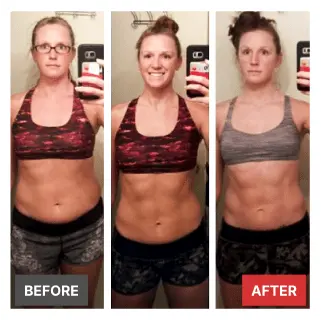
32 y/o
IIFYM has been a game-changer for me! I've lost 20 lbs while enjoying my favorite treats. Thanks to this flexible approach, I've found a sustainable way to maintain my progress.
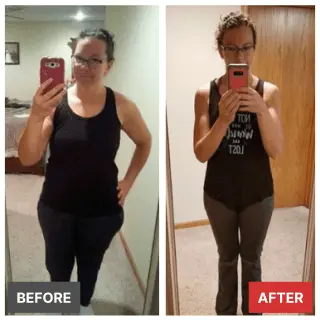
41 y/o
IIFYM's Macro Blueprint transformed my diet. I've lost 15 pounds and feel amazing! It's the most personalized program I've ever tried.
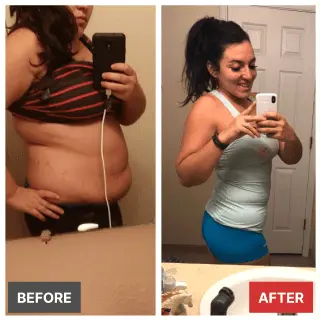
29 y/o
IIFYM made me realize that healthy eating doesn't have to be boring. It's been a delicious journey, and I've never felt better! 🥦🍔🍰